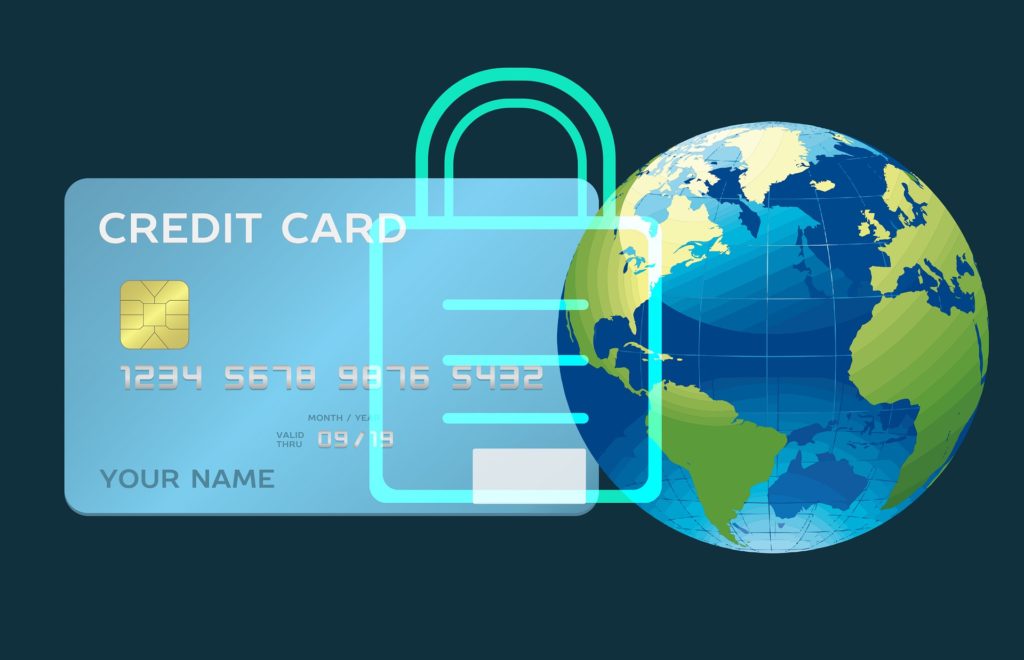Paying someone for a business transaction of one form or another is an act that predates all modern technology. From ancient civilizations to today, everybody has had to make payments at some point. However, there is a vast difference in how payments are handled today.
In the past, payment may have taken the form of a trade or barter: one bushel of hay for one sack of corn. Today, payments are fast and convenient and allow people from all around the world to get paid regardless of where the person paying them is located.
Advanced payment systems like those available today take years to develop. They include innovative ideas and stringent security measures to ensure that payments can be made with as little effort and risk as possible. But how do they work? Read on to find out precisely how modern-day payment technology functions.
EMV Technology
While not particularly “modern” in terms of the year it was created, EMV Technologies is responsible for how almost every country manages bank card payments. EMV is the global standard developed by the three payment behemoths: Europay, Mastercard, and Visa.
Initially developed in Europe during the 1990s, EMV standards only moved to America in 2011. At that time, they radically changed the way bank cards in the country functioned and improved security tenfold.
Rather than using a traditional magnetic stripe, EMV regulation cards are embedded with a MIC (monolithic integrated circuit) or chip. Known as chip and pin cards, these bank cards use NFC (near-field communication) to send the card information to a payment device simply by tapping the card on or waving it past the machine.
The information transferred includes the card number, expiration date, security code, pin required, cardholder information, and other security details. It also consists of a unique identifier that is created on a per-transaction basis.
This unique identifier revolutionized banking security, as it made the bank card of each user authenticate itself with the payment machine. Advanced encryption and stages helped reduce card fraud by 87% in the USA in 2019.
In 2021, another innovation began to appear in chip and pin cards that is set to change bank cards again. The introduction of biometric bank cards allows users to use cards with an embedded MIC and fingerprint sensor.
These cards will operate the same as traditional EMV cards except that, rather than requiring a pin code, the cards will authenticate the cardholder’s fingerprint in real time whenever a purchase is made.
Both Visa and Mastercard are currently trialing the viability of these cards, with Mastercard the first issuer to make the cards commercially available on a wide scale. However, their reception has so far been slightly skeptical, as many people are moving away from bank cards entirely in favor of other options that are more modern and convenient.
Mobile Payments/Wallets
One of the most significant changes in banking was the introduction and adoption of the technological marvel of mobile wallets and payments. Credited to Google, the first official mobile wallet was launched in 2011. It allowed users to store their bank card information within an app and use the application on their phones to authenticate payments.
Like bank cards that use EMV technology, mobile phones use NFC to transfer the bank card information required by the payment terminal. While sharing this information, unique and encrypted identifiers are established that authenticate the transaction and ensure it is secure.
One of the biggest selling points for these types of payments was that they required additional authentication from the users’ smartphones. Most people have a password, pin code, facial recognition, or biometric security on their smartphones.
Whichever security the phone has must first be unlocked, usually followed by a secondary security wall issued by the payment wallet or app. The most common applications include Samsung Pay, Google Pay, Apple Pay, and even PayPal.
The same technology behind these apps has also been applied to other mobile or wearable devices. The most prominent device in this category is the smartwatch. Devices made by Apple and Samsung integrate with their mobile counterparts, Apple Pay and Samsung Pay, respectively. However, other manufacturers, such as Garmin, have also created dedicated portals (like Garmin Pay) to facilitate payments.
In 2013, EMV technology was also applied to smart rings. These rings, like other wearables, are NFC enabled and can store your card information, allowing you to make payments simply by tapping your ring on any merchant device. Unlike other wearables, however, these have the unique advantage of never needing to be charged.
These rings haven’t seen significant uptake due to the security risks associated with not having to enter a pin to initiate a transaction, like with most smartwatches. However, improvements to security, including requiring a pin if the transaction is above a certain amount, are making them more popular.
QR Code and Online Payments
While EMV cards and wearable devices have made paying at merchants easier, online payments have also evolved. This evolution has seen the rise of QR payments on websites and the integration of almost countless digital wallets into e-commerce websites.
One popular way to pay is via a QR code that can be scanned using a smartphone to complete payment using a specific payment gateway. Once the payment has been completed using a stored bank card or other supported method, the site is alerted and the transaction is finalized.
More popular, however, is the integration of digital wallets. These are particularly common on sites like online casinos and offer numerous payment options for US players. These wallets operate similarly to mobile wallets, except that most do not store your card information.
Instead, these wallets allow you to “top up” your account balance by transferring money into the wallet. The money is then digitally stored until it is used for payment. Once the funds are depleted, more money can be added for future purchases.
Because these wallets don’t have any link to existing banking accounts and don’t use card information to make payments, they are a secure way to make payments online and have become increasingly popular. In 2022, a survey found that around 75% of respondents used a digital wallet. Industry estimates show that by 2025, approximately 4.4 billion people worldwide will use them for transactions.
- Future-Proof Your Compliance: What to Look for in 2025 - July 11, 2025
- How WordPress Is Evolving into an Enterprise Platform - July 11, 2025
- Advanced Tech Solutions For Managing Work Availability - April 14, 2025



